
Traffic Control – Public Roads 2 Explain dangers When construction or utility work affects traffic on public roads, there’s a risk both to workers and to ordinary drivers and passengers. […]
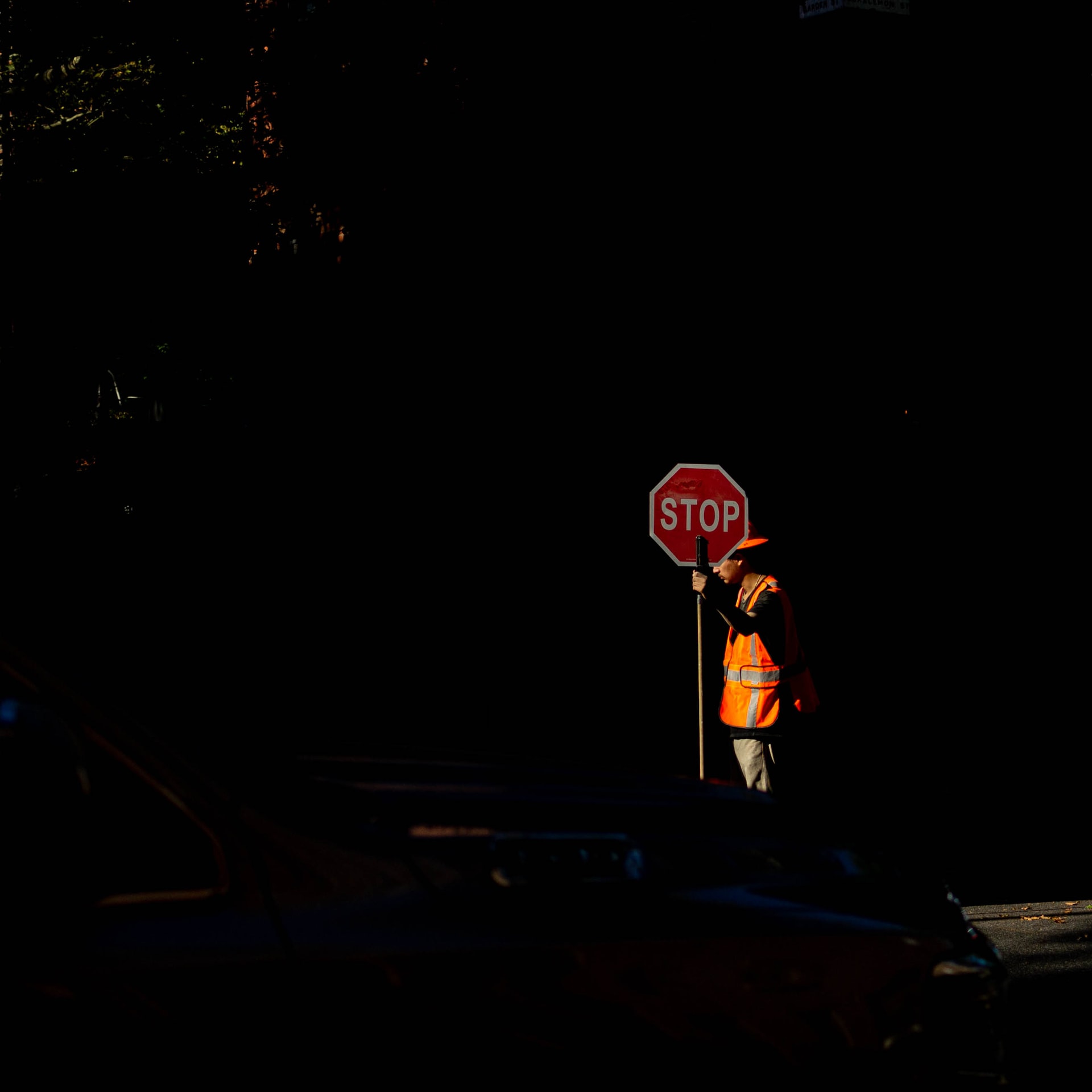
Traffic Control – Public Roads 1 Explain dangers When construction or utility work affects traffic on public roads, there’s a risk both to workers and to ordinary drivers and passengers. […]
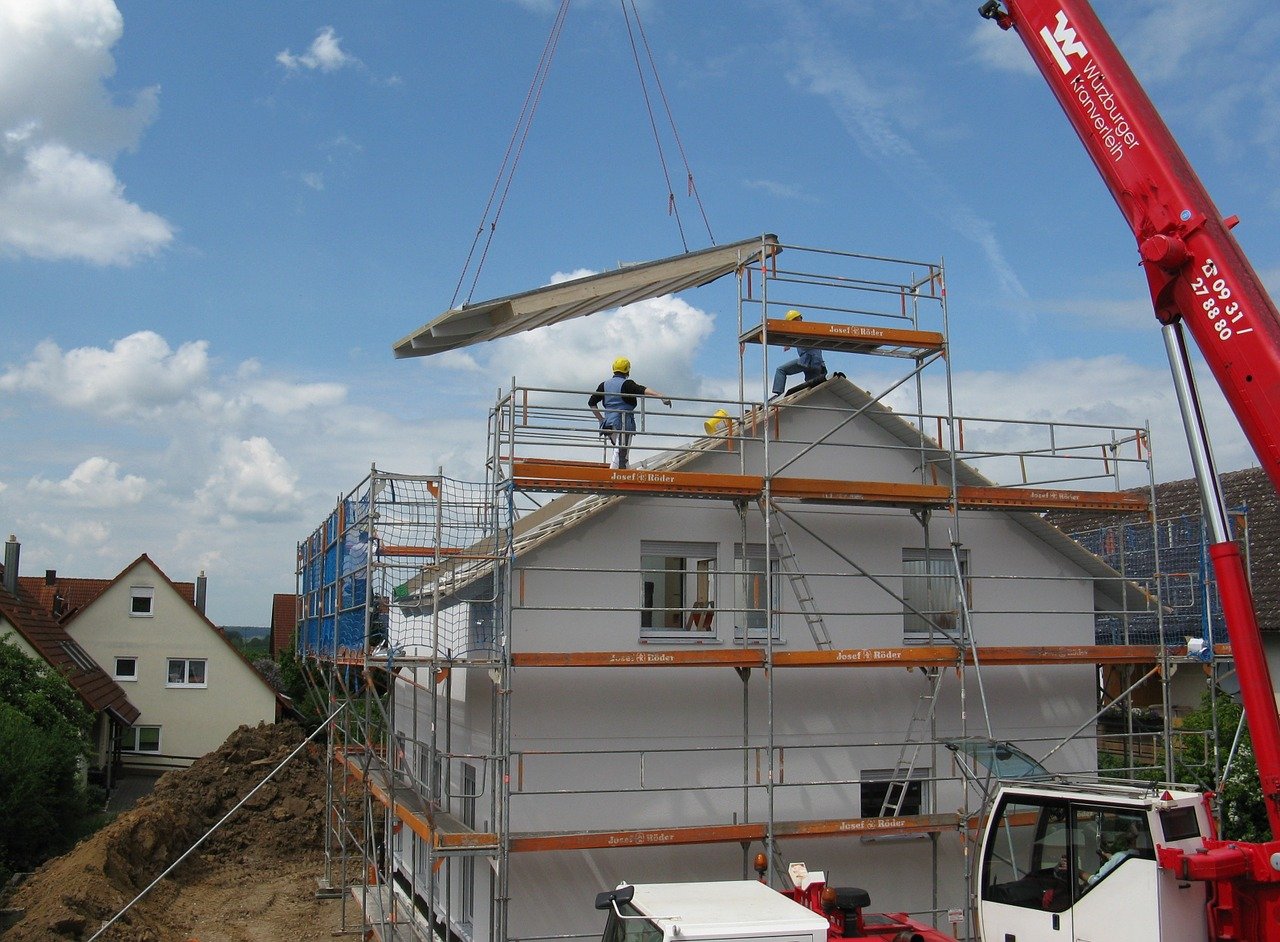
Backing Vehicles Explain dangers Every year, workers are killed and injured by backing vehicles and machinery. The main problem is blind spots around heavy equipment. If you’re in a blind […]
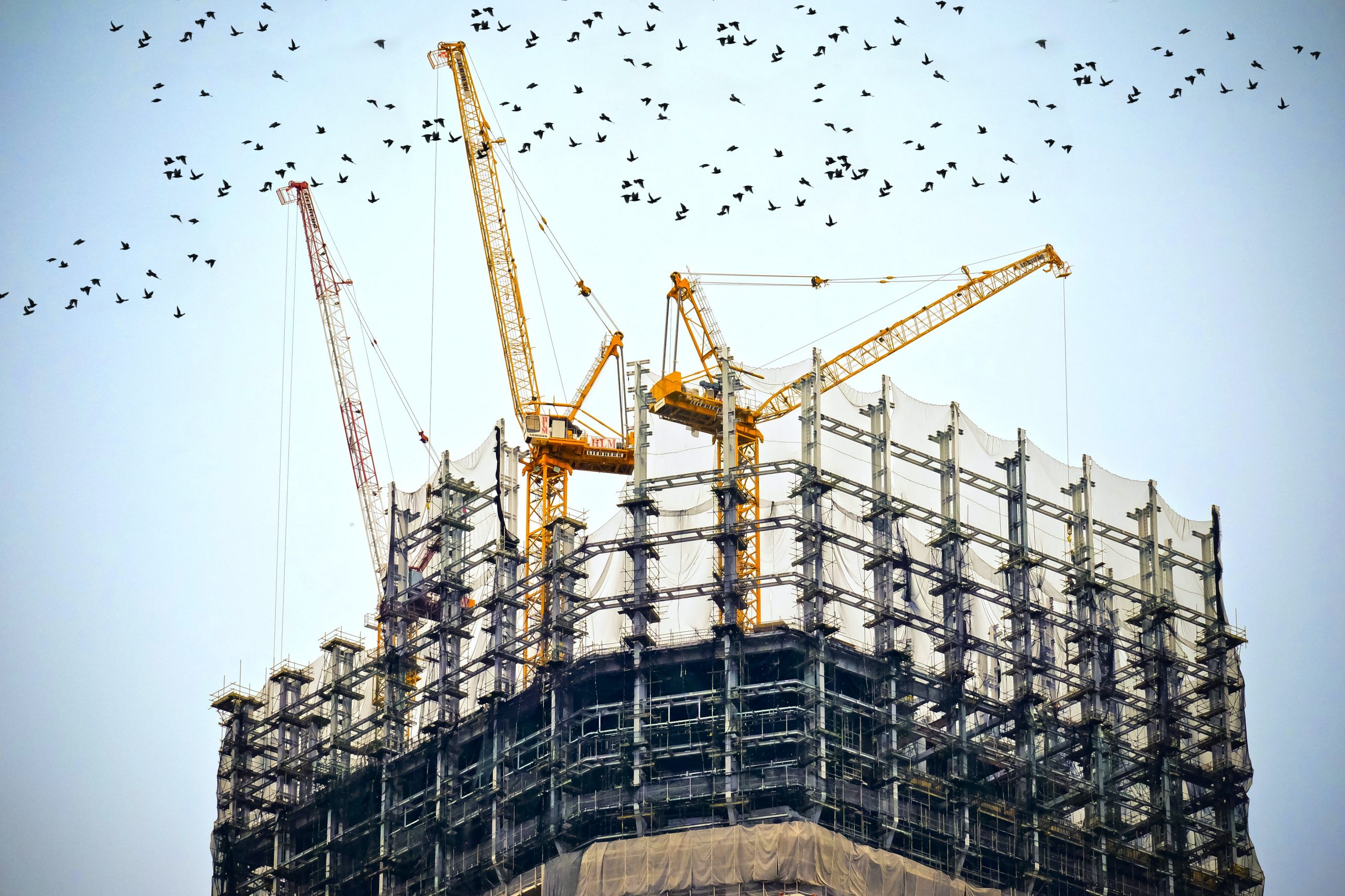
Electrical Contact – Roofing Explain dangers Cutting into existing roofs and mechanically fastening insulation are common jobs for roofers. One of the hazards they face when doing these jobs is […]
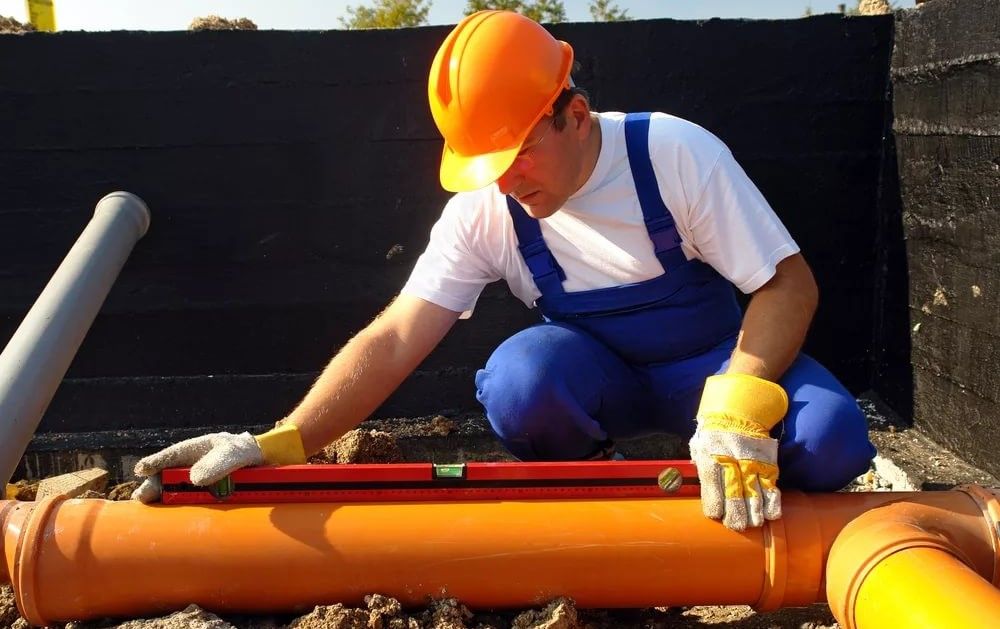
Underground Utilities Explain dangers Buried gas and electrical lines present a serious risk of injury and death. Utility pipes, conduit, and cable may be damaged by: • Digging without locates […]
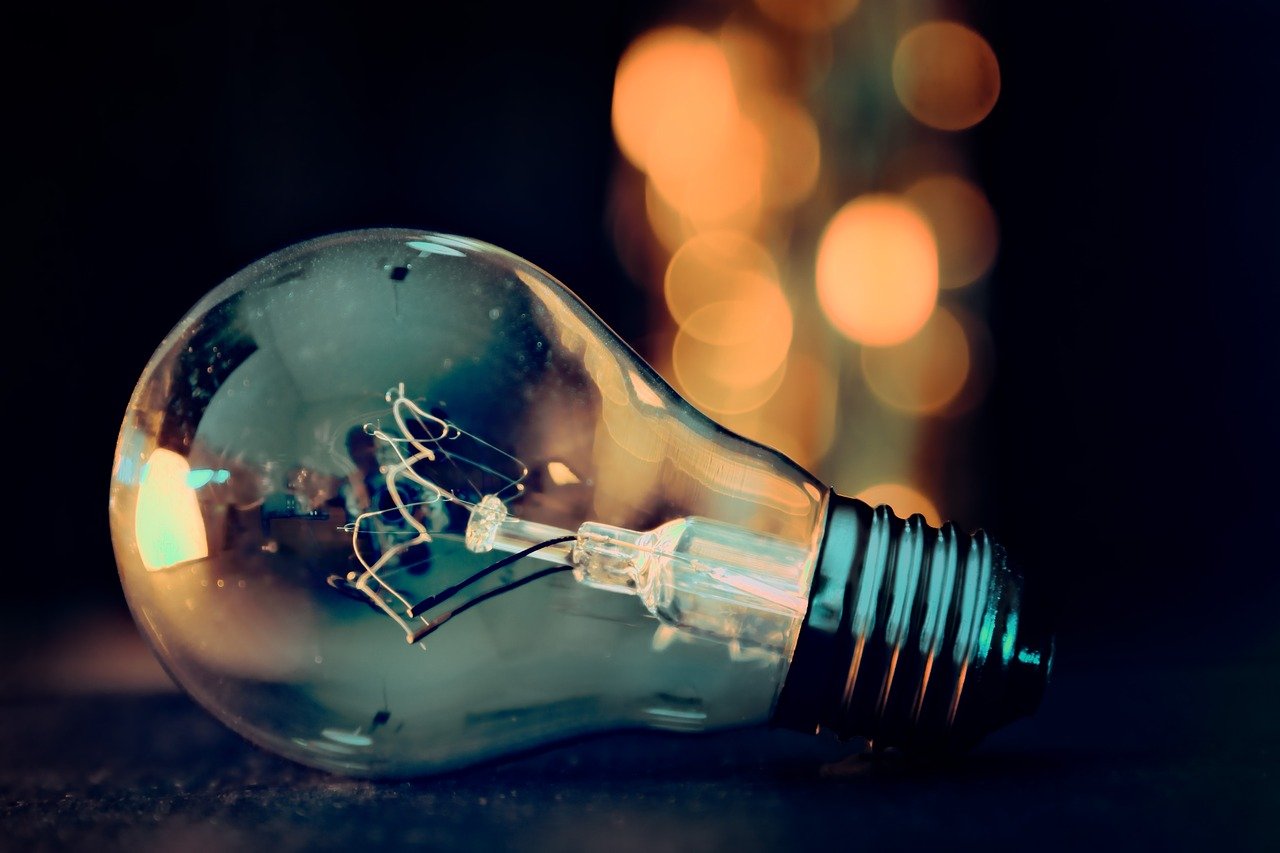
Temporary Lighting Adequate lighting must be provided in areas where workers are present. Entrance and exit spaces must also be illuminated. Explain dangers Electricians have been electrocuted while setting up […]

Powerline Contact Explain dangers Powerline contact is a major cause of fatal accidents and critical injuries. These types of incidents usually involve heavy equipment such as backhoes, dump trucks, boom […]
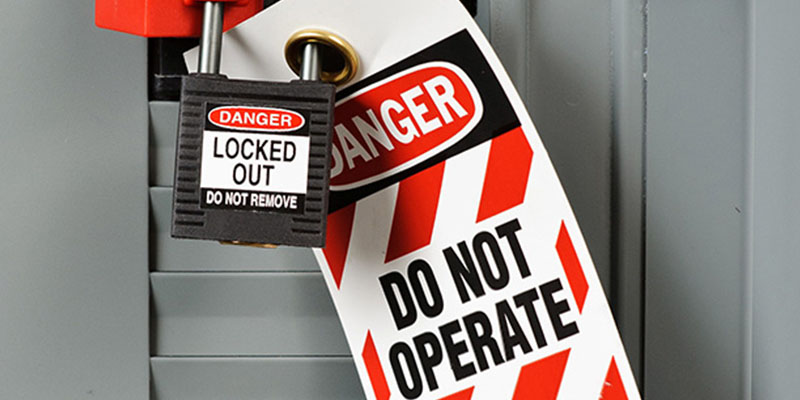
Lockout and Tagging Explain dangers Lockout and tagging ensures that hazardous energy sources are under the control of the workers needing protection. Lockout often involves workers using a padlock to […]
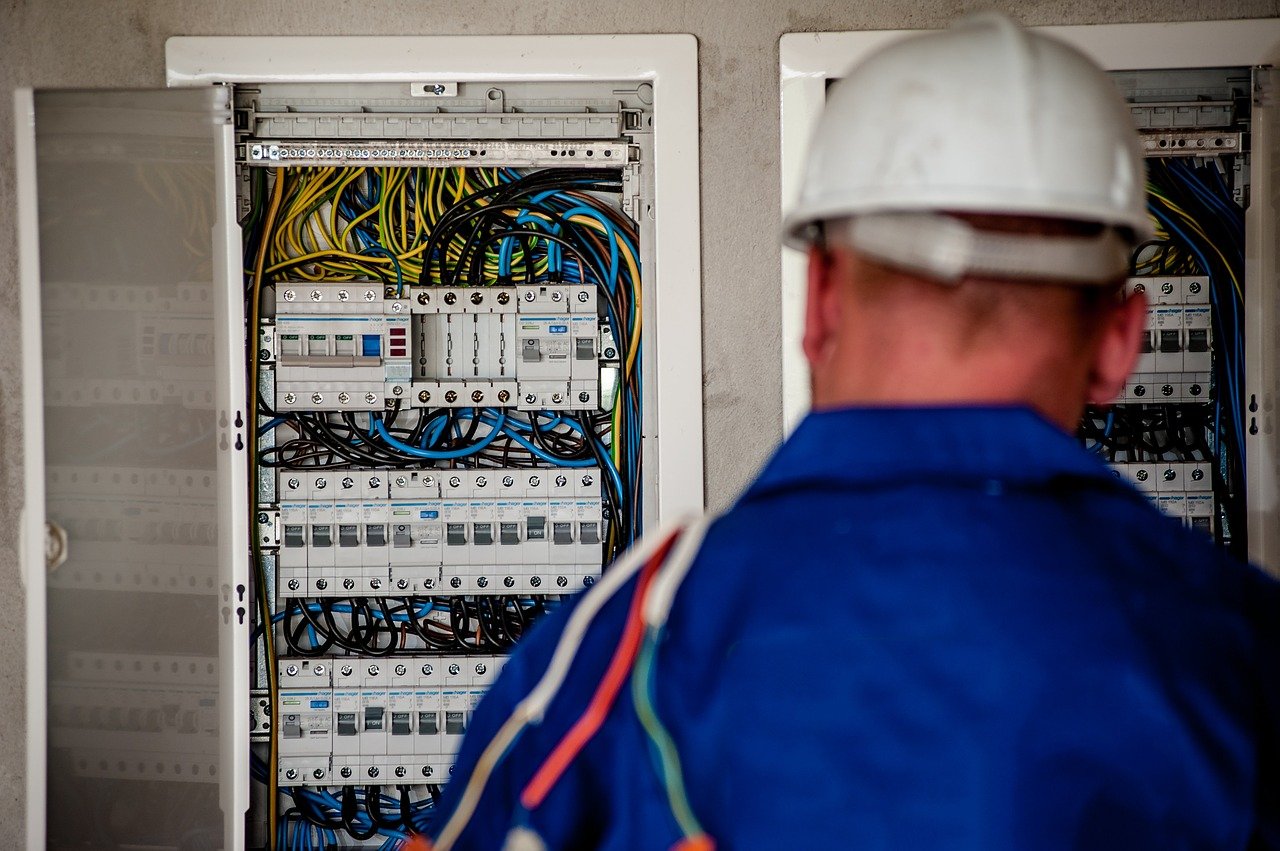
Electrical Safety Explain dangers Using electricity on site can be hazardous, especially when it comes to tools, cords, and panels or generators. Identify controls Consider all electrical wires and equipment […]
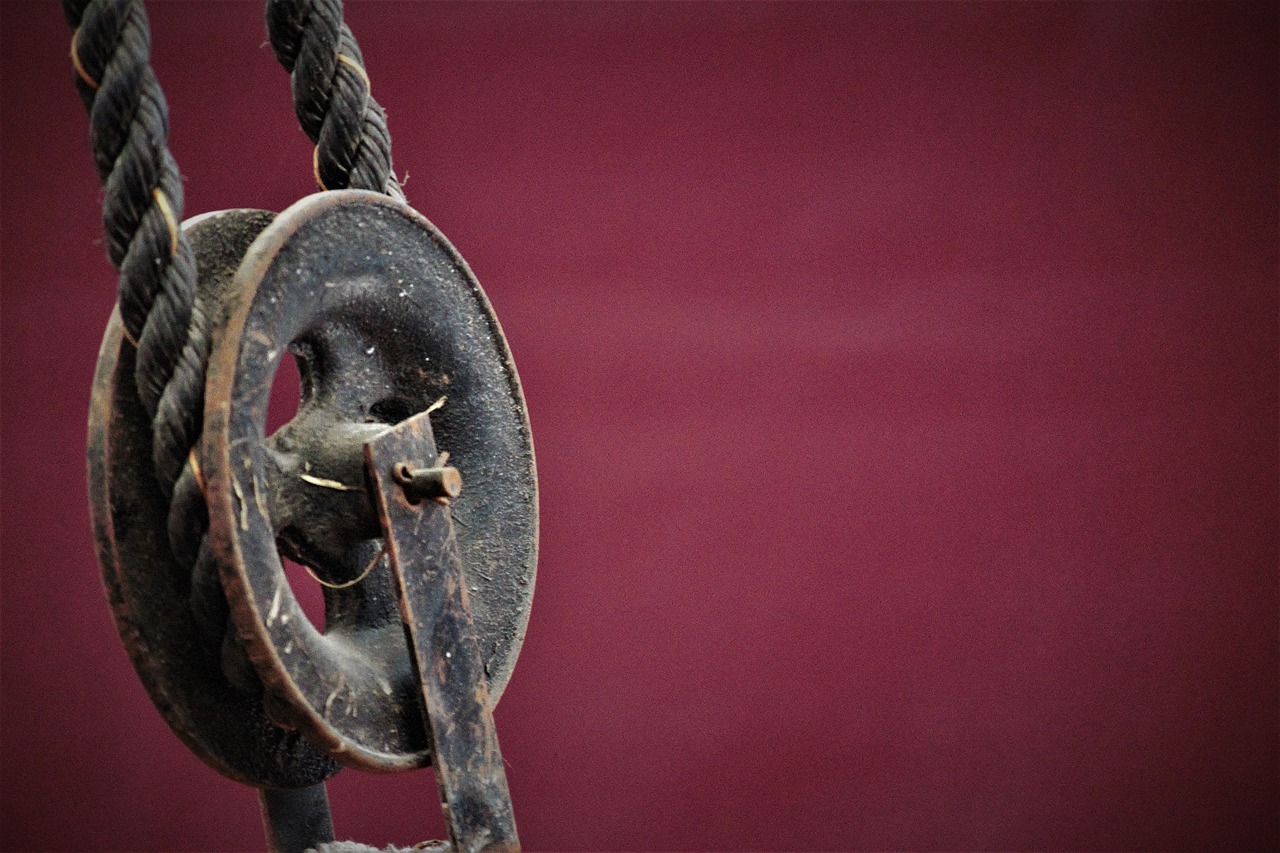
Gin Wheels or Pulley Wheels Explain dangers Using a gin or pulley wheel is a low-cost and convenient way of raising or lowering a load. However, these are some risks […]
